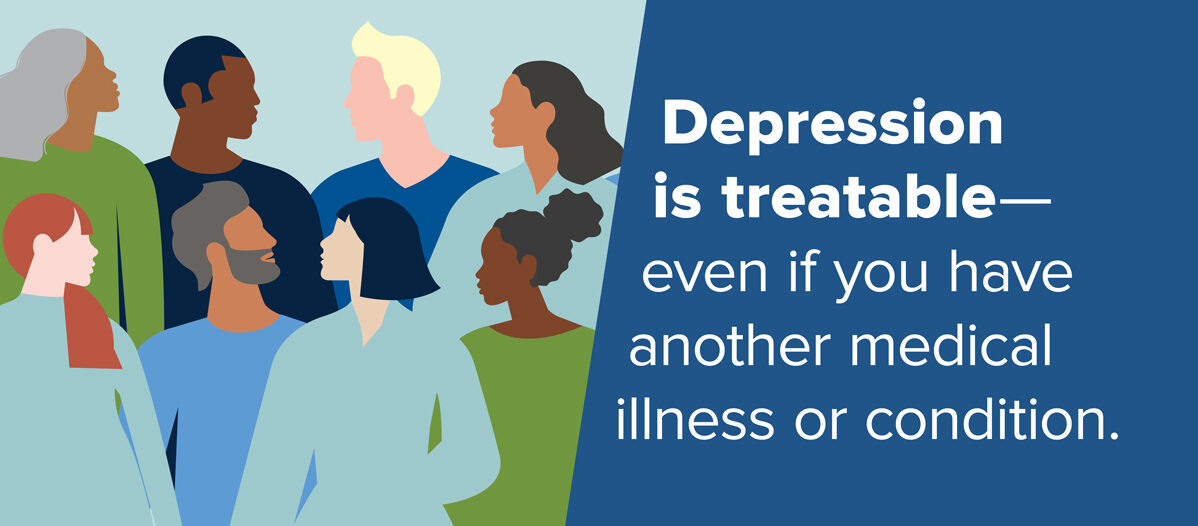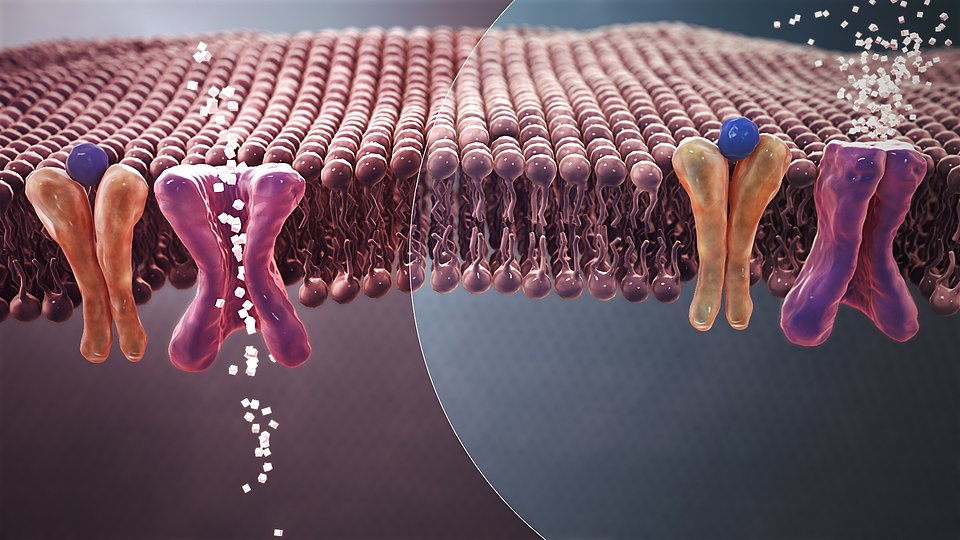Can Oatmeal Lower Cholesterol? The Science Behind Oats vs. Statins
You’re standing in your kitchen, holding a box of oatmeal. Then you look at the prescription bottle on your counter. Your doctor mentioned statins for your cholesterol, but you’ve heard oatmeal can help too.
So which one actually works? And can a simple bowl of oats really compete with prescription medication?
The answer might surprise you. Because while oatmeal won’t replace statins for everyone, the science shows it can make a real difference. Let’s dig into exactly how much, and when it makes sense to choose one over the other.
Why Your Cholesterol Numbers Actually Matter
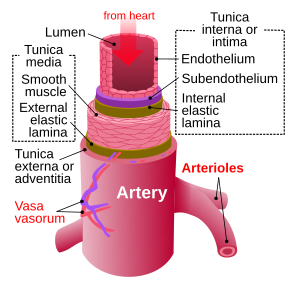
Before we compare treatments, let’s talk about what we’re treating. High LDL cholesterol (the “bad” kind) builds up in your arteries like rust in old pipes. Over time, this leads to heart attacks and strokes.
That’s why lowering LDL is so important. But here’s the key question: how much do you need to lower it? And what’s the safest way to get there?
How Oatmeal Actually Lowers Cholesterol
Here’s what happens when you eat oats. The soluble fiber in oatmeal (specifically, beta-glucan) forms a thick gel in your digestive tract. This gel does something clever: it traps bile acids.
Now, bile acids are made from cholesterol. So when your body loses bile acids in the gel that passes through, it has to make more. And to make more bile acids, your liver pulls cholesterol from your blood.
The result? Less cholesterol floating around in your bloodstream.
The Active Ingredient: Beta-Glucan
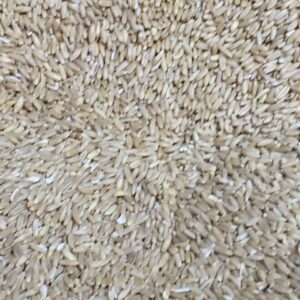
Not all oats are created equal. The cholesterol-lowering power comes from beta-glucan, a specific type of soluble fiber. According to the European Food Safety Authority, you need about 3 grams of beta-glucan daily to see results.
So how much oatmeal do you need to eat? That depends on the type of oats you choose.
| Oat Product | Beta-Glucan per Serving | Servings Needed for 3g |
|---|---|---|
| Oat bran (raw) | 2-3g per 1/3 cup | 1 serving |
| Steel-cut oats | 2g per 1/4 cup dry | 1.5 servings |
| Old-fashioned rolled oats | 1.5g per 1/2 cup dry | 2 servings |
| Instant oatmeal | 1g per packet | 3 packets |
How Statins Work (And Why They’re So Powerful)
Statins take a completely different approach. Instead of trapping bile acids, they block an enzyme in your liver called HMG-CoA reductase. This enzyme is like the master switch for cholesterol production.
When you flip that switch off with a statin, your liver makes much less cholesterol. Plus your liver starts pulling more LDL from your blood to compensate. The combination is powerful.
The Numbers Tell the Story
This is where statins really shine. Because the reductions are dramatic compared to dietary approaches. According to research published in Endotext, different statin doses produce varying levels of LDL reduction.
| Statin Intensity | Example Doses | LDL Reduction |
|---|---|---|
| Low-intensity | Simvastatin 10mg | Less than 30% |
| Moderate-intensity | Atorvastatin 10-20mg Rosuvastatin 5-10mg Simvastatin 20-40mg | 30-50% |
| High-intensity | Atorvastatin 40-80mg Rosuvastatin 20-40mg | 50% or more |
For example, Harvard Health reports that taking 20mg of atorvastatin typically lowers LDL by 35-40%. That’s about 5-7 times more powerful than eating oatmeal.
The Head-to-Head Comparison: Oats vs. Statins
Now let’s put them side by side. Because understanding the differences helps you make better choices about your health.
• 5-7% LDL reduction
• Works gradually over 4-8 weeks
• Virtually no side effects
• Safe for long-term use
• Provides fiber and other nutrients
• Costs pennies per serving
• 30-50% LDL reduction
• Works within 2-4 weeks
• 10-15% report muscle pain
• Rare liver issues
• Slightly increased diabetes risk
• Costs vary widely
When Oatmeal Makes Sense as Your Main Strategy
You might be a good candidate for trying oatmeal first if you have borderline high cholesterol (LDL between 100-130 mg/dL). Or if you’re younger with no other risk factors. Because in these cases, a 5-7% reduction might be enough to get you into a healthy range.
Oatmeal also makes sense when you want to avoid medications if possible. Plus it comes with bonus benefits: improved digestion, better blood sugar control, and increased feelings of fullness.
“Health claims regarding the cholesterol-lowering effect of soluble fiber from oat products have been approved by food standards agencies worldwide, based on a diet containing at least 3 grams per day of oat beta-glucan.”
— FDA Health Claim Authorization
When You Need the Power of Statins
But let’s be honest: oatmeal has limits. You should talk to your doctor about statins if you have high LDL (over 190 mg/dL without other risk factors, or over 130 mg/dL with risk factors like diabetes or family history). Or if you’ve already had a heart attack or stroke.
Statins are also critical if you have familial hypercholesterolemia (a genetic condition causing very high cholesterol). Because in these cases, diet alone simply can’t lower cholesterol enough to protect your heart.
Can You Use Both Together?
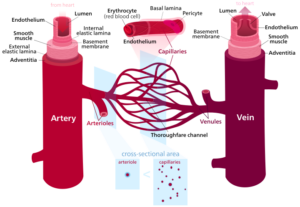
Here’s where it gets interesting. Because oatmeal and statins work through different mechanisms, they can complement each other.
Studies show that adding 3 grams of oat beta-glucan to your daily routine while taking a statin can provide additional LDL lowering. Research from a clinical trial published in Nutrition Journal found that combining approaches may allow for lower medication doses.
This combined approach offers the best of both worlds. You get the powerful LDL reduction from the statin, plus the extra benefits and additional cholesterol lowering from the oats.
The Side Effect Scorecard
When choosing between treatments, side effects matter. Because the best treatment is the one you can actually stick with.
Oatmeal’s Side Effects (Minimal)
The main “side effect” of eating oatmeal is increased gas or bloating when you first start. This happens because your gut bacteria need time to adjust to the extra fiber. But it usually resolves within a week or two.
Some people also report feeling fuller after meals. Most consider this a benefit, not a problem. Plus there’s essentially no risk of serious complications.
Statin Side Effects (More Significant)
Statins are generally safe, but they do come with real side effects that affect many people. According to Mayo Clinic, the most common complaints include muscle-related symptoms.
✓ Muscle pain or weakness (reported by 10-15% of users)
✓ Digestive problems (nausea, constipation, or diarrhea)
✓ Headaches
✓ Slightly increased blood sugar (raises diabetes risk by 9-12%)
✓ Memory complaints (though studies don’t confirm cognitive impairment)
✓ Elevated liver enzymes (3% of users, usually mild)
Serious side effects are rare but include liver damage (approximately 1 in 100,000) and rhabdomyolysis (severe muscle breakdown). Research from a comprehensive review in the International Journal of General Medicine details these risks while emphasizing they remain uncommon.
The Cost Comparison
Money matters, especially for treatments you’ll take long-term. So let’s talk numbers.
A container of old-fashioned oats costs about $3-5 and provides 30 servings. That’s 10-17 cents per serving. Even if you buy oat bran (which has more beta-glucan), you’re looking at maybe 50 cents per serving.
Generic statins are also quite affordable these days. Simvastatin and atorvastatin cost $4-20 per month with most insurance plans. But if you need a brand-name statin or don’t have insurance, costs can climb to $100+ per month.
Plus statins require regular blood tests to monitor liver function and cholesterol levels. These tests add to the overall cost of treatment.
Creating Your Personal Cholesterol-Lowering Strategy
So what should you actually do? The answer depends on your starting cholesterol, your risk factors, and your personal preferences.
If Your LDL is Borderline (100-130 mg/dL)
Start with lifestyle changes including oatmeal. Eat 3 grams of beta-glucan daily for 8-12 weeks. Then recheck your cholesterol. If you’ve reached your goal (usually LDL under 100), great! Keep it up.
If you haven’t reached your goal, talk to your doctor about adding a low-dose statin. Or discuss other dietary changes like reducing saturated fat and adding plant sterols.
If Your LDL is High (130-190 mg/dL)
You’ll probably need a statin. But add oatmeal too. Because every little bit helps, and meta-analysis research shows the combination is more powerful than either alone.
Plus the fiber from oats supports overall health. It helps with weight management, blood sugar control, and digestive health.
If Your LDL is Very High (Over 190 mg/dL)
You need a statin, period. Oatmeal is great, but it won’t lower cholesterol enough by itself. Work with your doctor to find the right statin dose and monitor your progress closely.
In these cases, you might also need additional medications like ezetimibe or PCSK9 inhibitors. Don’t view oatmeal as an alternative here, but rather as a helpful addition to your treatment plan.
Maximizing Oatmeal’s Cholesterol-Lowering Power
If you’re using oatmeal as part of your strategy, here’s how to get the most benefit.
Beyond the Bowl: Other Ways to Get Beta-Glucan
You don’t have to eat oatmeal every single day. Here are other creative ways to reach your 3-gram goal:
- Add oat bran to yogurt or smoothies (2-3g per 1/3 cup)
- Use oat flour in baking (replace part of regular flour)
- Try oat milk (though it has less beta-glucan than whole oats)
- Eat oat-based cereals (check labels for beta-glucan content)
- Snack on oat bran muffins or homemade oat bars
When to See Your Doctor
Whether you choose oatmeal, statins, or both, you need to monitor your progress. Get your cholesterol checked 8-12 weeks after starting any new approach.
You should also see your doctor sooner if you experience muscle pain, weakness, or dark urine while taking a statin. According to WebMD’s medical guidelines, these could be signs of a serious side effect that needs immediate attention.
The Bigger Picture: Lifestyle Matters Too
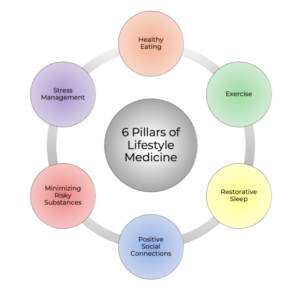
Neither oatmeal nor statins work in isolation. Your overall lifestyle has a huge impact on cholesterol levels.
Regular exercise can raise your good HDL cholesterol by 5-10%. Losing just 5-10% of your body weight can lower LDL by 5-8%. Quitting smoking improves your entire cholesterol profile.
Plus stress management and adequate sleep affect cholesterol too. So think of cholesterol management as a comprehensive approach, not just about one food or one pill.
Understanding Natural Remedies vs. Prescription Drugs
The comparison between oatmeal and statins highlights an important principle. Natural remedies and prescription drugs each have their place in healthcare.
Natural approaches like oatmeal work gently and come with fewer side effects. However, they’re less powerful. Prescription drugs like statins work more aggressively and can save lives. But they also carry more risk.
The best strategy often combines both. Use diet and lifestyle as your foundation. Then add medication when needed to reach your goals safely. similarly you can also check out Recommended Dose of Turmeric for Inflammation: How It Compares to Ibuprofen
The Bottom Line on Oatmeal vs. Statins
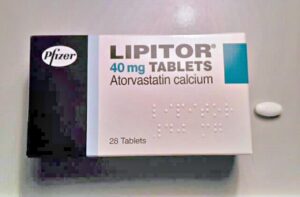
Can oatmeal lower cholesterol? Absolutely. Clinical studies confirm that 3 grams of beta-glucan daily reduces LDL by 5-7%. That’s enough to make a meaningful difference for many people.
But will oatmeal replace statins for everyone? No. Because when you need to lower LDL by 30-50%, only medication can deliver those results.
The good news is you don’t have to choose just one. Many people use both successfully. They take a statin to get their cholesterol down quickly. Then they eat oatmeal to support ongoing heart health and possibly reduce their medication dose over time.
Talk to your doctor about what’s right for you. Bring your cholesterol numbers, discuss your risk factors, and make an informed decision together. Because when it comes to your heart health, the best choice is the one that’s personalized to your situation. you can also read about Lower Cholesterol Supplements that actually work
References
- Whitehead A, Beck EJ, Tosh S, Wolever TMS. (2014). Cholesterol-lowering effects of oat β-glucan: a meta-analysis of randomized controlled trials. American Journal of Clinical Nutrition.
- Ms Wolever T, Rahn M, Dioum E, et al. (2021). An Oat β-Glucan Beverage Reduces LDL Cholesterol and Cardiovascular Disease Risk in Men and Women with Borderline High Cholesterol. Journal of Nutrition.
- European Food Safety Authority. (2010). Scientific Opinion on the substantiation of a health claim related to oat beta glucan and lowering blood LDL-cholesterol. EFSA Journal.
- Kaczmarczyk MM, Miller MJ, Freund GG. (2012). Concentrated oat β-glucan, a fermentable fiber, lowers serum cholesterol in hypercholesterolemic adults in a randomized controlled trial. Nutrition Journal.
- National Center for Biotechnology Information. The Cholesterol-Lowering Effect of Oats and Oat Beta Glucan: Modes of Action and Potential Role of Bile Acids and the Microbiome. Frontiers in Nutrition.
- Wikipedia. Oat beta-glucan.
- Mayo Clinic. (2025). Statin side effects: Weigh the benefits and risks.
- National Center for Biotechnology Information. Statin-induced Liver Injury Patterns: A Clinical Review.
- National Center for Biotechnology Information. Statin-Associated Liver Dysfunction and Muscle Injury: epidemiology, Mechanisms, and Management Strategies.
- WebMD. (2024). Statins Side Effects: Pain, Inflammation, and More.
- American Heart Association. Reduction of LDL Cholesterol by 25% to 60% in Patients With Primary Hypercholesterolemia by Atorvastatin. Arteriosclerosis, Thrombosis, and Vascular Biology.
- Harvard Health Publishing. (2023). Understanding statin intensity.
- GoodRx. (2023). Comparing Statins: Intensity, Dosages, and More.
- National Center for Biotechnology Information. (2024). Cholesterol Lowering Drugs.
About the Author
The Remedy Verified Team translates complex metabolic science into clear, practical strategies for everyday health.
Medical Disclaimer
This article is for informational purposes only and does not constitute medical advice. Always consult with a qualified healthcare provider before making changes to your cholesterol management strategy, especially if you have existing health conditions or take medications. The information presented here is based on scientific research but should not replace professional medical guidance tailored to your individual circumstances.

